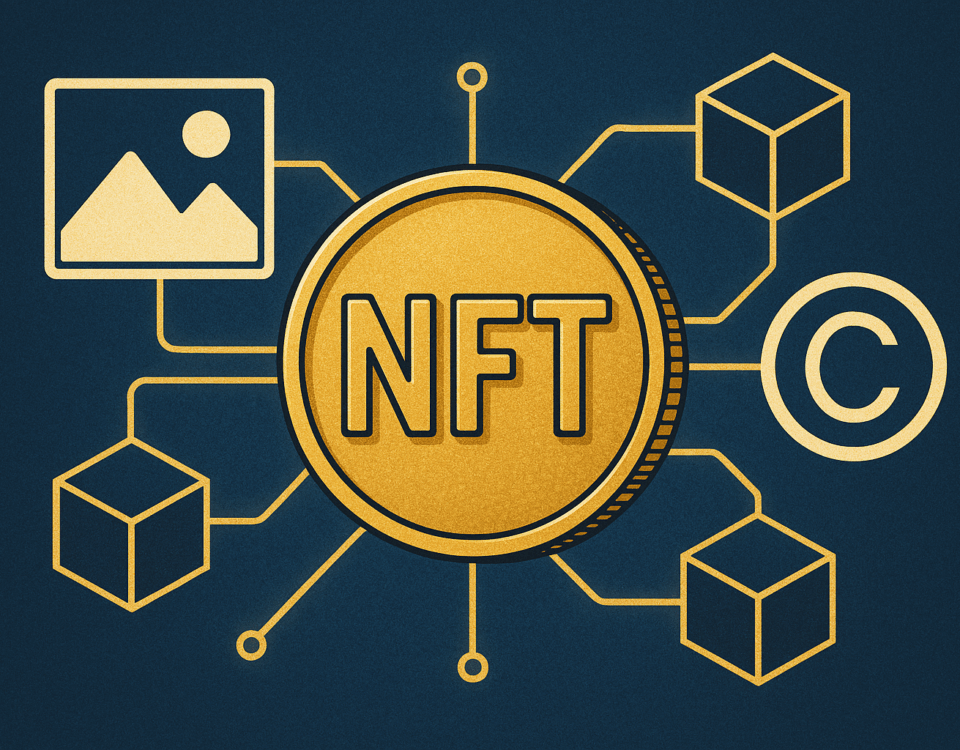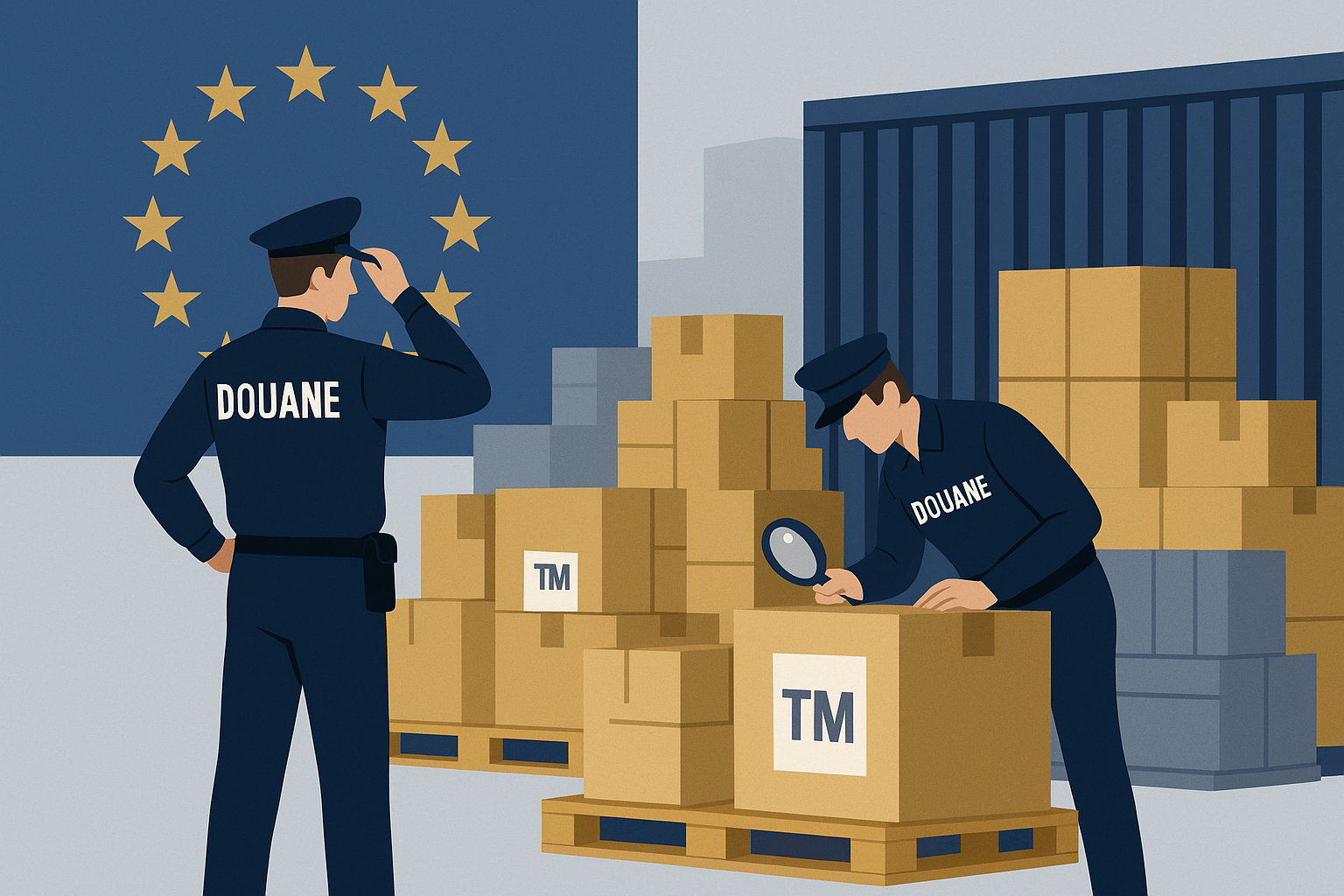
Trademarks and Classification: What’s Changing in 2026
September 11, 2025
Be Like Saint Thomas… But Beware of AI!
October 16, 2025
Blockchain is no longer associated solely with cryptocurrencies: it is now making its way into the world of intellectual property. In March 2025, the Judicial Court of Marseille (1st Civil Chamber, March 20, 2025, RG 23/00046, AZ Factory v. Valeria Moda) recognized for the first time that a timestamp recorded on a blockchain could constitute prima facie evidence of the prior existence of a work.
In practical terms, it is enough to record the digital fingerprint of a file (text, photo, source code, etc.) on the blockchain to date its existence in a tamper-proof manner. This technology offers a fast and inexpensive alternative to traditional filings such as the Soleau envelope, a bailiff’s report, or a notarial deposit. The court nevertheless specified that it constituted an element of proof, and not absolute proof: its effectiveness depends on the body of evidence produced by the claimant.
For creators and innovators, this represents a small revolution: proof of prior existence, which is essential in the event of a dispute, becomes accessible in just a few clicks. Blockchain indeed guarantees transparent and secure traceability, without depending on a central authority.
One open question remains: will the legal value of such evidence be uniformly recognized by French and European courts? The Marseille case paves the way, but a harmonized framework has yet to be built.
One thing is certain: with blockchain, the law of evidence is entering a new digital era.
– Ghislaine BERTIN, Paralegal and Chief Operating Officer at Mark & Law


